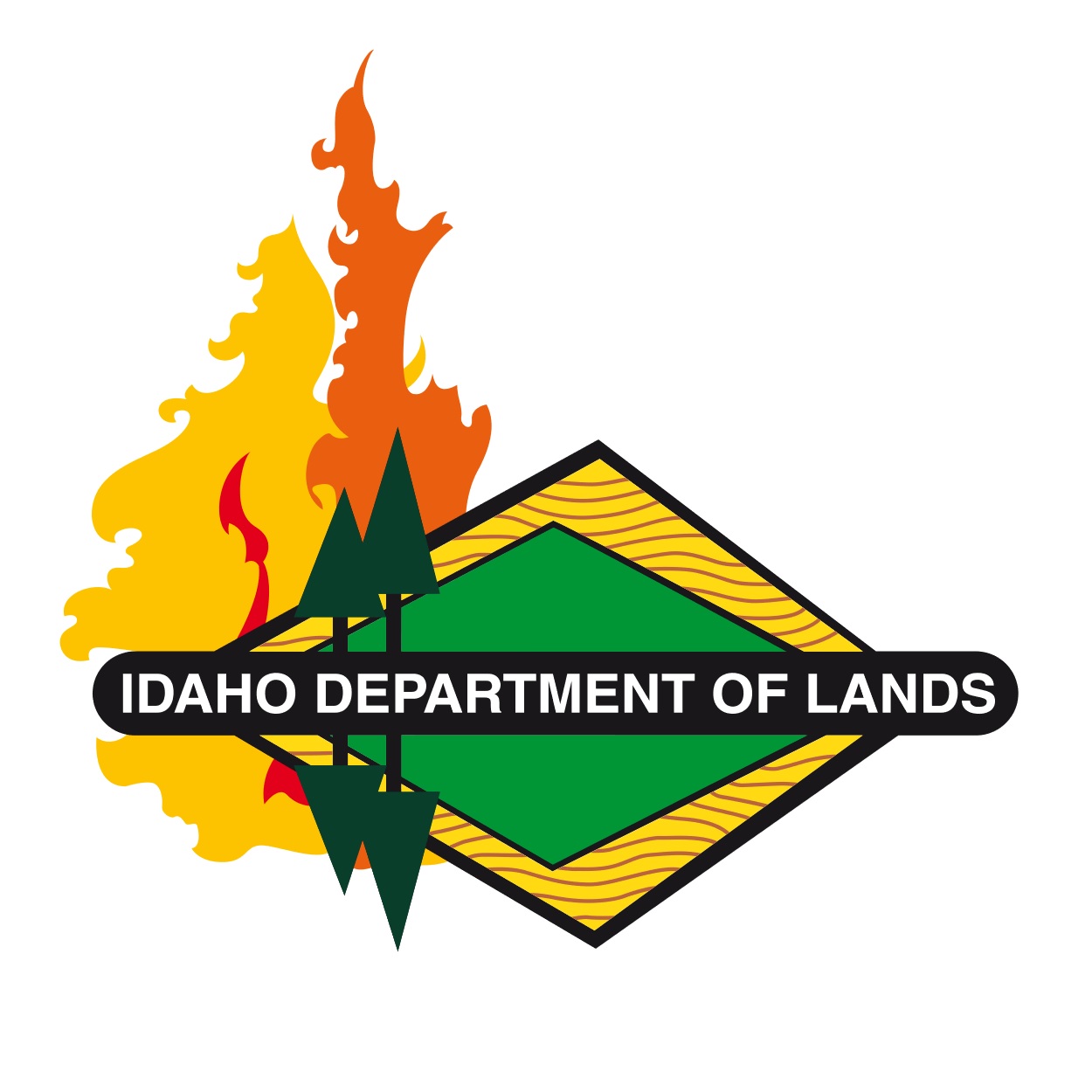Article IX, Section 8 of the Idaho Constitution mandates that state endowment trust lands must be managed to secure the maximum long-term financial return to the endowment beneficiaries.
Revenue-generating activities on endowment lands and earnings from invested funds provide millions of dollars annually in support of Idaho’s public school system and numerous other state of Idaho institutions. In addition to providing financial support to the nine beneficiaries, endowment lands may also benefit the citizens of Idaho by providing access for recreational pursuits, so long as recreation activities are consistent with the constitutional mandate.
Authorities Governing Recreation on Endowment Land
These rules govern the closure, restriction, regulation, or prohibition of certain regulated recreational uses on Idaho endowment lands that are subject to a warning ticket, citation, or misdemeanor pursuant to Idaho Code Section 58-156.
This section of Idaho Code requires the Land Board to provide notice to the public of any restrictions, closures, prohibitions, and regulations on state endowment land.
It also outlines fines and restitution requirements for violations.
This chapter of Idaho Code contains provisions that address the registration and use of off highway vehicles (OHV) and snowmobiles. It also provides IDL funding from OHV and snowmobile registrations to remediate damage to endowment caused by their use and to expand recreation opportunities on endowment land.
Idaho has a history and culture of valuing outdoor recreation opportunities and access to lands not privately owned.
The outdoor recreation industry contributes hundreds of millions of dollars to Idaho’s economy each year. The accessibility of millions of acres of endowment lands for recreation helps strengthen Idaho’s economy.
The Land Board recreation policy directs IDL in carrying out the Land Board’s fiduciary obligations while managing for recreational activities on endowment lands where those activities do not conflict with the Land Board’s fiduciary obligations. The Land Board policy allows the public continued recreational use of legally accessible endowment lands, as long as the recreational activities do not degrade the lands, interfere with management activities, or otherwise negatively affect the long-term financial return to endowment beneficiaries.
This policy provides guidance to Idaho Department of Lands (IDL) staff to allow recreational use on state endowment lands by enabling a uniform management approach that maximizes the long-term financial return to the endowment beneficiaries.
Recreation that is incompatible with IDL’s fiduciary and resource protection responsibilities is not allowed on endowment lands.
Activities that are not considered recreation, such as cutting or gathering firewood, using backcountry aircraft, or collecting valuable rocks or minerals require separate authorization from IDL and may require authorization from other local, state, or federal agencies.
Idaho Code § 67-7126 established an account for $1.00 from every off-highway vehicle (OHV)
registration to be deposited into a dedicated fund, the OHV Fund. IDL may use the OHV Fund to provide OHV opportunities and to repair damage directly related to OHV use.
IDL staff are responsible for assessing the impacts of OHV use on the lands within their
supervisory area and prioritizing inspections for parcels where OHV use has historically or
regularly had an adverse impact on lands managed by IDL.
The agency’s OHV Committee reviews, prioritizes, and funds projects based on protecting resources, addressing safety issues, expanding OHV opportunities and other criteria.
In 2018 IDL entered into a Memorandum of Agreement with the Idaho Department of Fish and Game to ensure endowment land across the state remains open to the public for hunting, fishing, trapping and other forms of recreation.
The agreement includes provisions that make the services of IDFG Conservation Officers available for enforcing recreational laws, rules, and proclamations on endowment land. This helps protect the interests of the beneficiaries and the revenue producing potential of the land.
The agreement expires in September of 2023.

